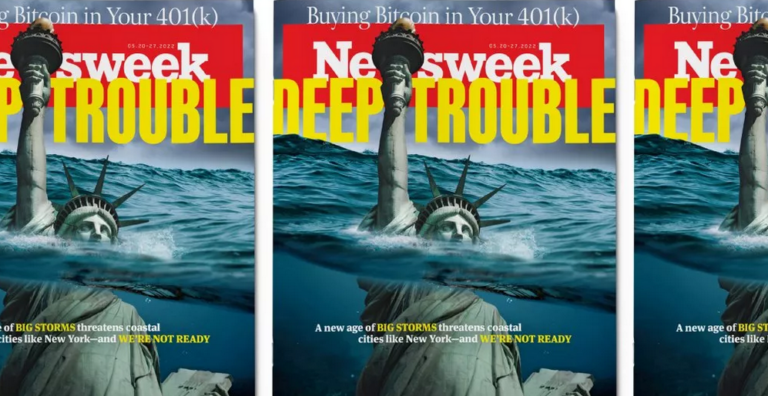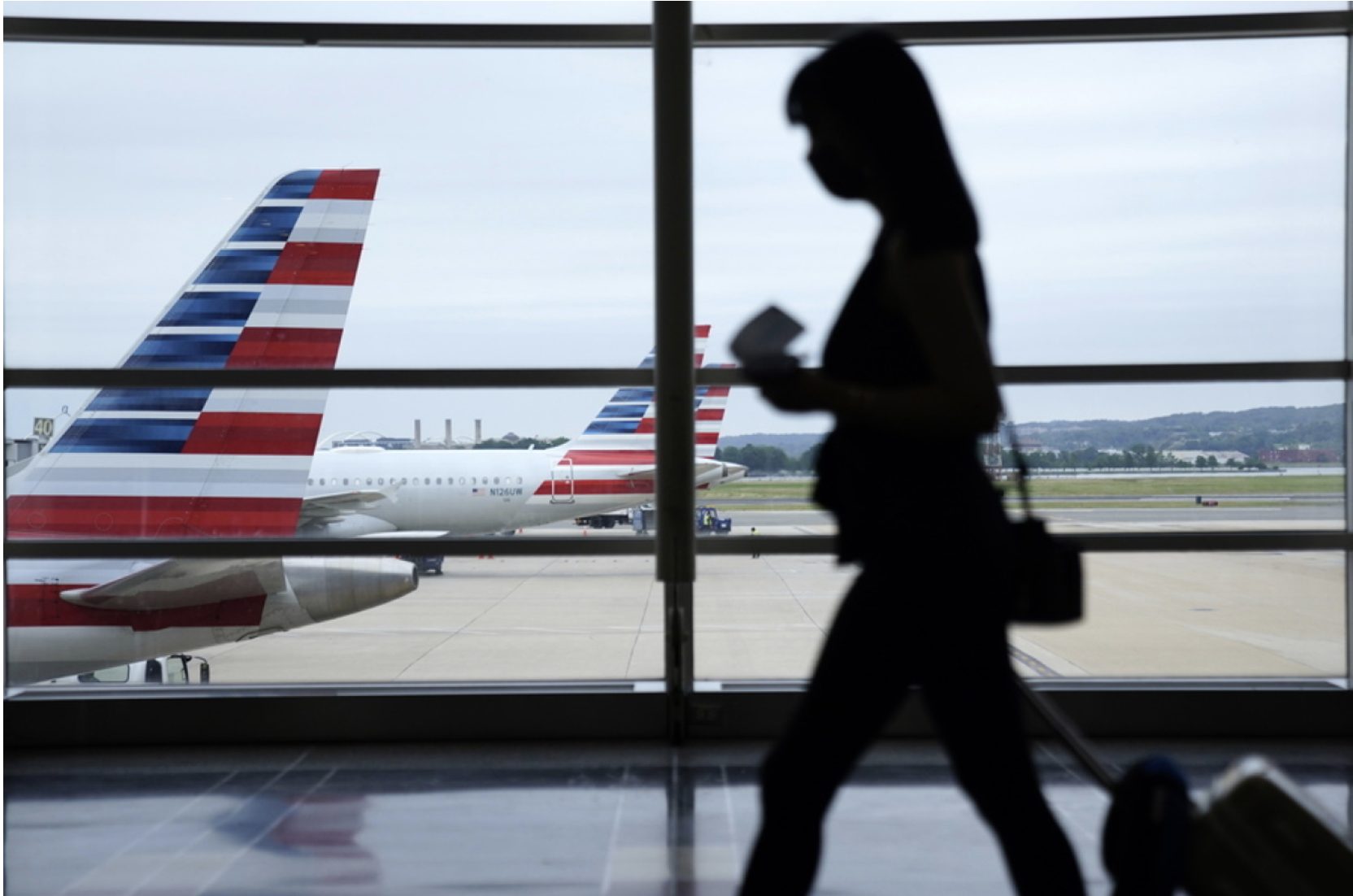There are a million ways to die in New York City but drowning in a rainstorm is not something many New Yorkers have ever worried about.
That changed last September when the remnants of Hurricane Ida hit the Big Apple, unleashing 80- mile-an-hour winds and dumping three-and-a-half inches of rain in a single hour, almost twice as much water as the city’s antiquated sewer systems could handle. The flood warning came too late to save a Nepali couple and their 2-year-old son, who drowned in Woodside, Queens when the sewers overflowed and water roared down hill, inundating their cramped, illegal basement apartment. It did not help a 43-year-old mother and her 22-year-old son, who died in Jamaica, Queens when floodwaters sent a car barreling into the side of their building, causing a partial collapse. Or the 66-year-old Ecuadorian immigrant who perished shouting for help in a basement bedroom near Cypress Hill, Brooklyn.
“This storm has now rewritten the map,” the city’s Mayor Bill de Blasio somberly declared five days later while touring the devastation. “We used to think that flooding was a coastal thing. It’s not anymore. It can happen all over the city.”
Fascinating Genetic Study on Spread of Farming Into Europe
Over the past 50 years, the number of reported weather-related disasters has increased fivefold, according to a recent U.N. report. These include powerful hurricanes like Ida, a megaflood in Germany last July that caused $20 billion in damage, a monsoon in India that killed 1,291 and a heat wave last June that killed 800 in Western Canada. Rising temperatures, due largely to emissions of greenhouse gases from burning fossil fuels, are increasing the amount of heat and humidity the Earth’s atmosphere can hold, turbo-charging storms and making them more frequent and intense. Meanwhile, as ocean water absorbs more heat, it expands, causing sea levels to rise. The reality of extreme weather is proving to be worse than what scientists predicted only a few years ago.
Read more: Newsweek
Ask me anything
Explore related questions





